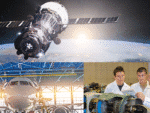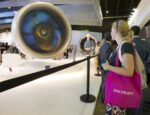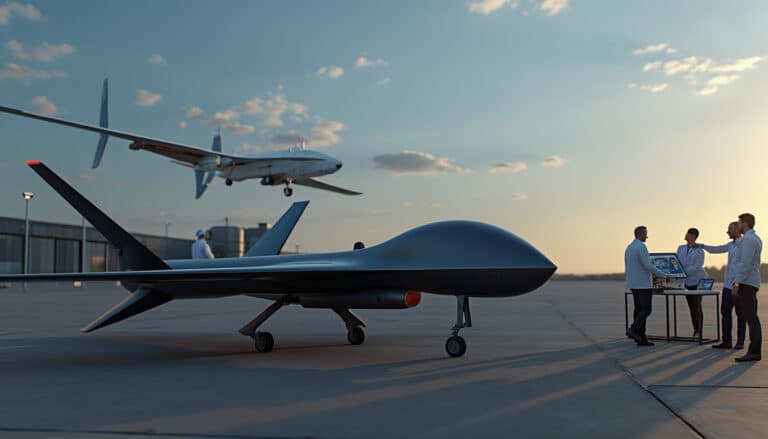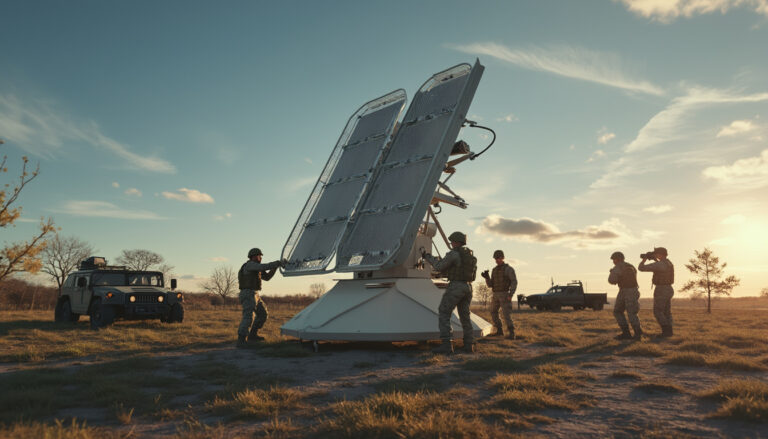In July 2024, experimental capsules, designed by university students, faced the relentless heat of re-entry through the Earth’s atmosphere. This daring mission, integrated into NASA’s KREPE-2 experiment, collected crucial data to improve heat shield technologies used in space missions. By harnessing the ingenuity and talent of young researchers, this initiative marks a significant advance in understanding the extreme conditions encountered during spacecraft re-entry.
In July 2024, five experimental capsules designed by university students survived the intense heat of re-entry into Earth’s atmosphere, providing crucial data for the development of spacecraft heat shield technology. This project, named Kentucky Re-Entry Probe Experiment (KREPE-2), was financed by NASA and allowed the capsules to transmit information via the satellite network Iridium during their descent. This mission not only tested various thermal protection materials under real conditions, but also enriched knowledge about the performance of thermal protection systems for future space travel. The students of theUniversity of Kentucky played a central role in the design and execution of the experiment, thus affirming their ability to conduct cutting-edge research in the space domain.

Table des matières
Togglestudent capsules face the heat of re-entry
In July 2024, a group of five experimental capsules, designed by university students, had the unique opportunity to experience the rigor of heat during their re-entry into the Earth’s atmosphere. This trial was essential in providing crucial data aimed at improving the technologies of heat shields spaceships. These capsules were part of the KREPE-2 (Kentucky Re-Entry Probe Experiment), the results of which are currently being analyzed to optimize the design of thermal protection systems used in space missions.
the objectives of the KREPE-2 experiment
The KREPE-2 mission was carefully designed to test various thermal protection materials under realistic atmospheric re-entry conditions. The capsules, developed at the University of Kentucky, were funded by NASA’s EPSCoR program. These capsules, with dimensions comparable to a football, managed to survive temperatures reaching more than 4,000 degrees Fahrenheit. Their ability to transmit data via the Iridium satellite network during their fiery descent is a decisive element in supporting aerospace research.
the results and implications of this research
Following the mission, Professor Alexandre Martin, principal investigator of the experiment, underlined the importance of this data in establishing solid foundations for the improvement of future space missions. Each capsule managed to record vital signals, such as variations in temperature and acceleration, thus making it possible to reconstruct a digital flight environment. The analysis of this information turns out to be crucial for the modeling and design of heat shields in the next missions. Through this initiative, students demonstrated their ability to take on challenges while contributing to the advancement of space science.
























